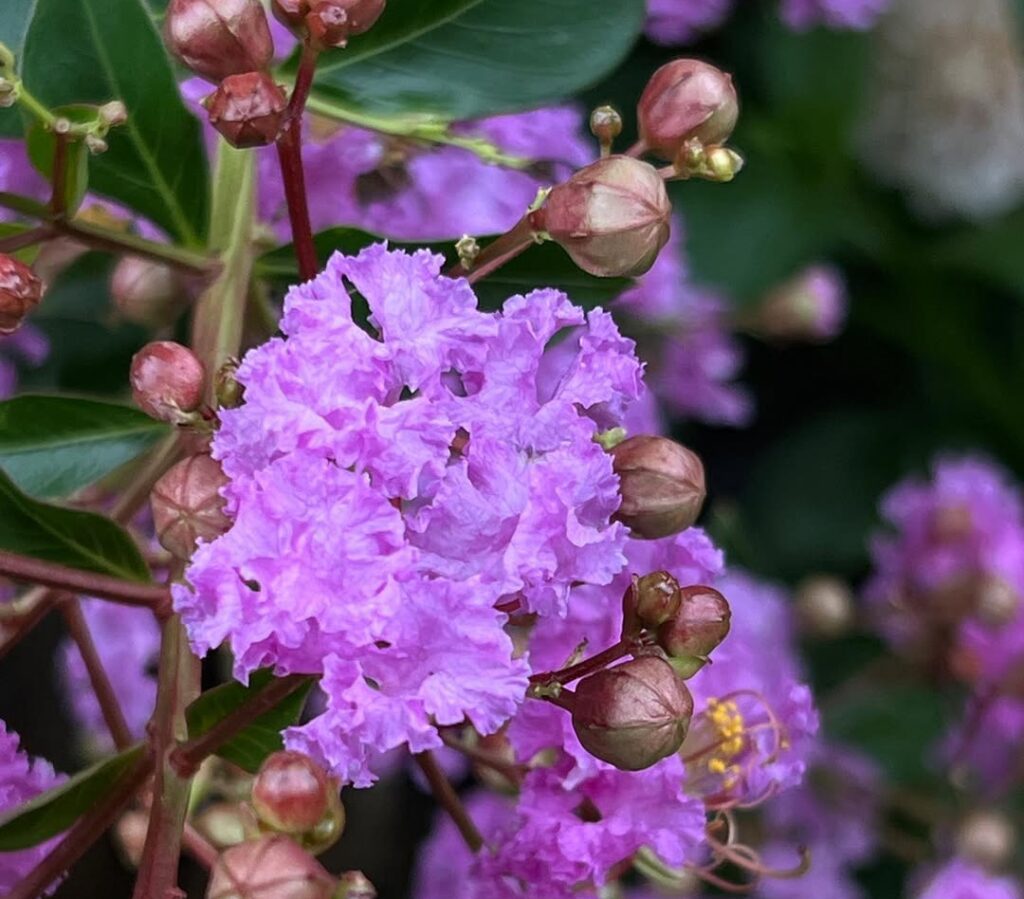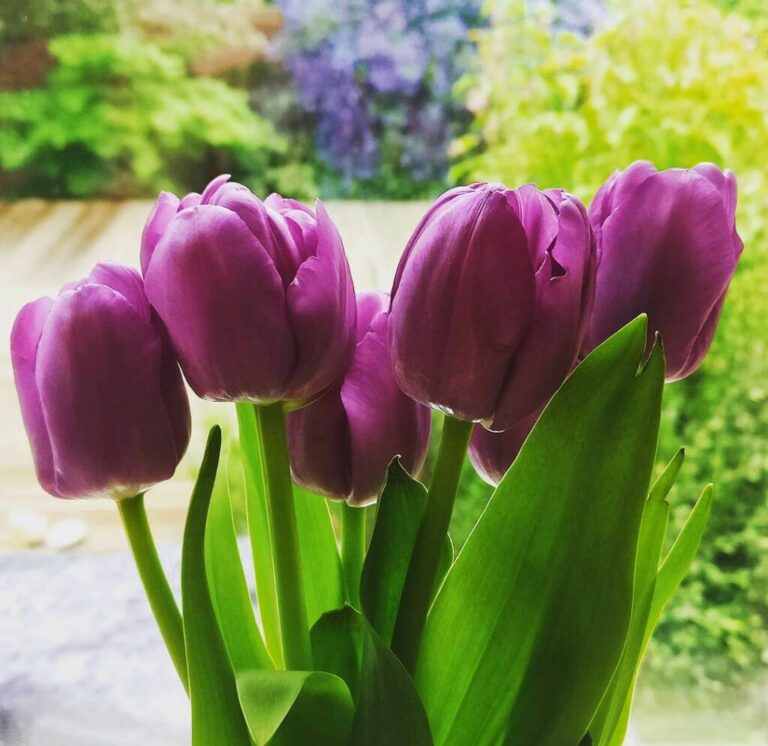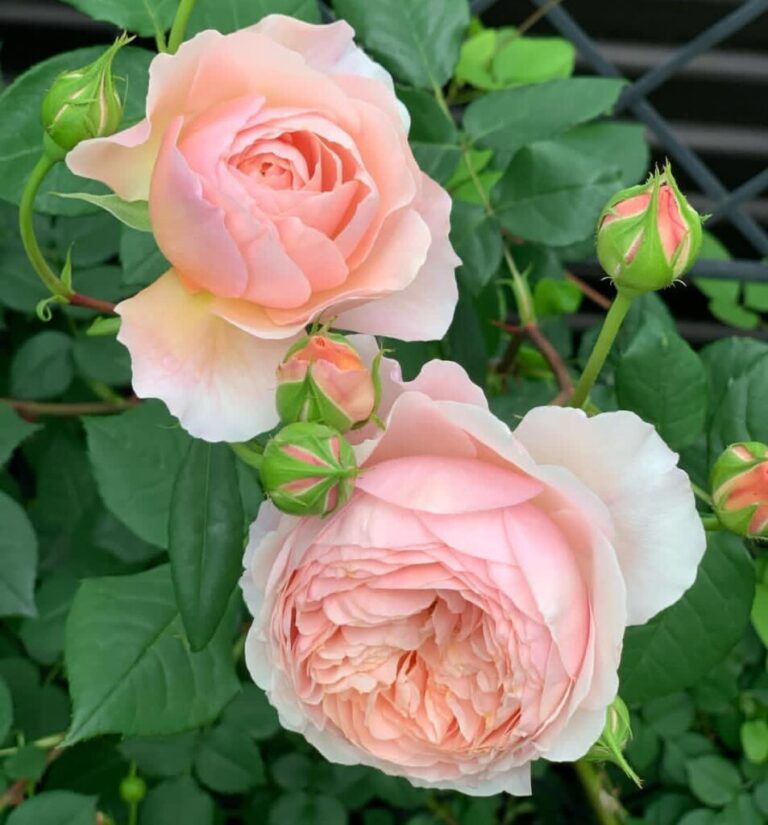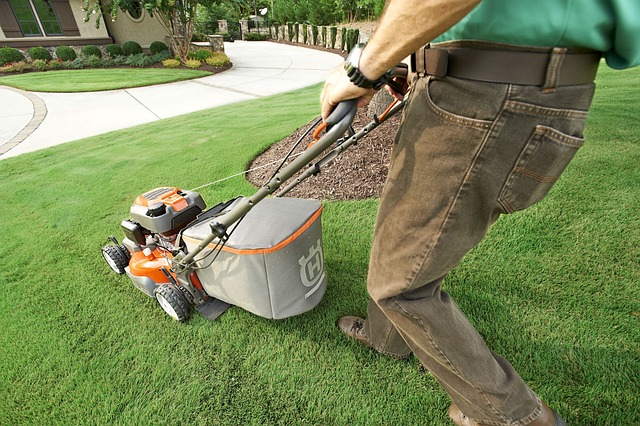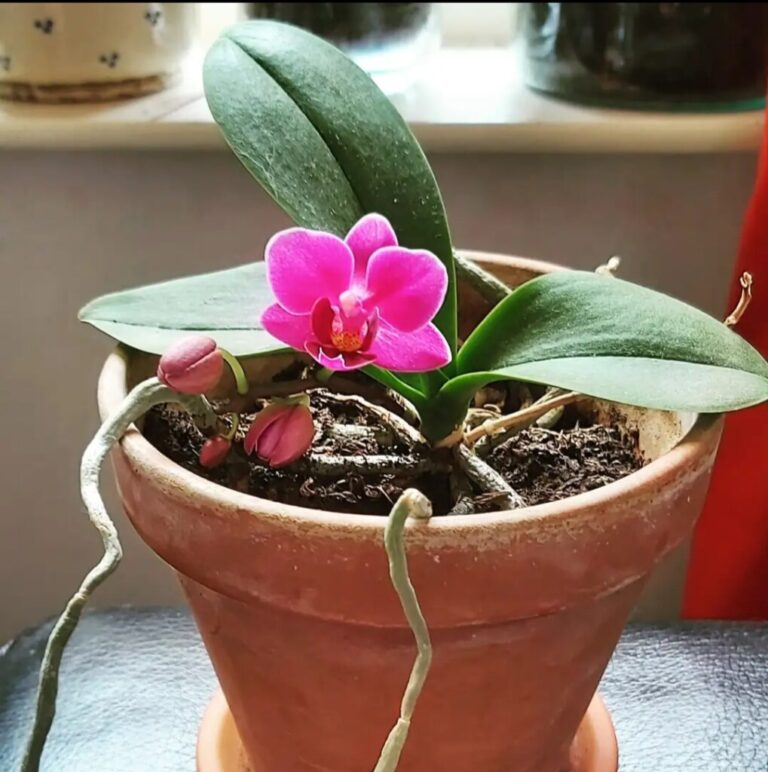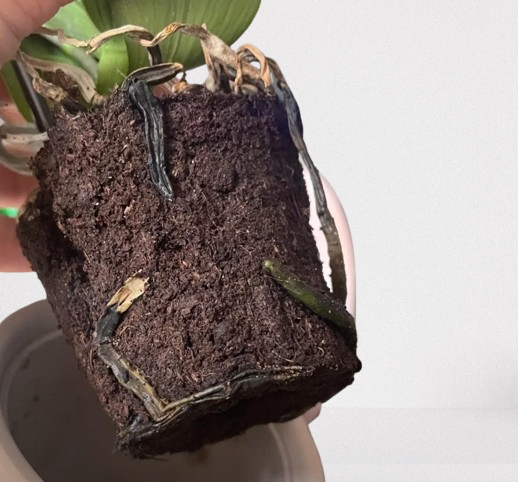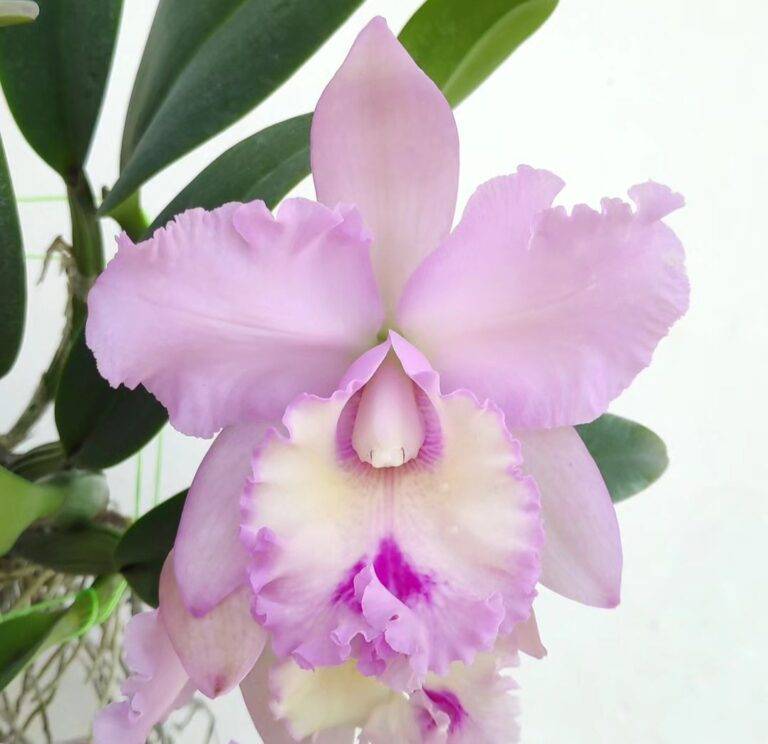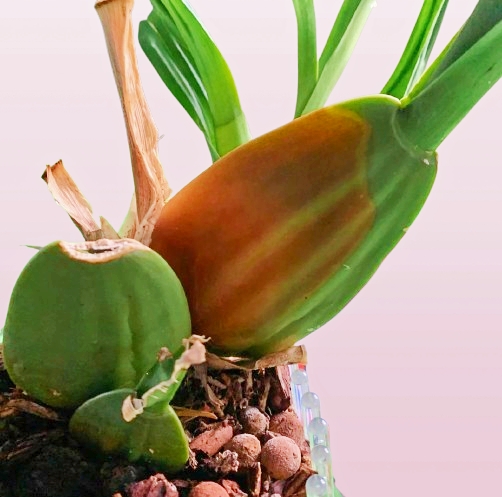Crepe myrtles (Lagerstroemia species) are cherished landscape favourites because of their spectacular summer flowers, beautiful bark texture, and multi-season interest. Whether you have a compact dwarf variety for containers or a large, stately tree in your yard, proper pruning is essential. It maintains plant health, encourages vibrant blooms, and preserves the elegant natural form crepe myrtles are known for.
However, pruning crepe myrtles can be a challenge for many gardeners. Too little pruning, and the plant becomes overcrowded and unattractive; too much, and you risk the infamous “crepe murder,” where trees are cut back so severely they lose shape and bloom potential. To help you prune confidently and correctly, here are 20 expert dos and don’ts that will guide you in keeping your crepe myrtle healthy, beautiful, and blooming abundantly for years.
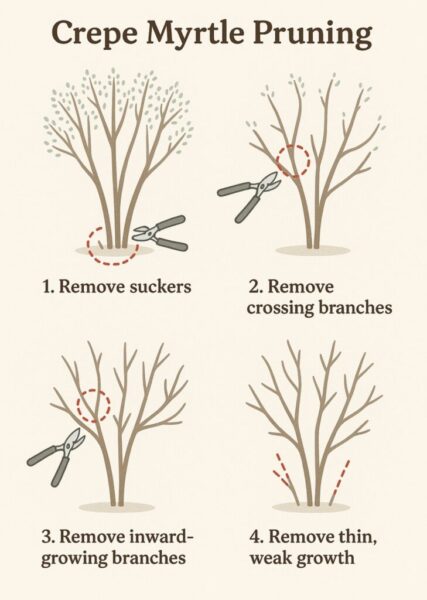
- 1 (Crepe Myrtle Pruning)Why Prune Crepe Myrtles?
- 2 10 Dos of Crape Myrtle Pruning
- 3 2. Do use sharp, clean pruning tools.
- 4 3. Do prune to maintain the tree’s natural shape.
- 5 4. Remove any branches that are dead, diseased, or damaged.
- 6 5. Do thin out crowded branches to improve airflow.
- 7 6. Do cut back long, leggy branches to encourage bushier growth.
- 8 7. Do prune suckers at the base regularly.
- 9 8. Do remove crossing or rubbing branches.
- 10 9. Do prune lightly if you want to encourage more flowers.
- 11 10. When pruning, do take the mature size of the variety into account.
- 12 10 Don’ts of Crape Myrtle Pruning
- 13 1. Don’t prune in late summer or fall.
- 14 2. Don’t top or “crepe murder” your tree.
- 15 3. Don’t remove more than 25% of the canopy at once.
- 16 4. Don’t leave stubs after pruning.
- 17 5. Don’t prune during wet conditions.
- 18 6. Don’t ignore suckers.
- 19 7. Don’t prune young trees heavily.
- 20 8. Don’t remove all the old wood.
- 21 9. Don’t prune randomly.
- 22 10. Don’t forget to disinfect pruning tools.
- 23 Bonus Tips for Gorgeous Crepe Myrtles
- 24 FAQS
(Crepe Myrtle Pruning)Why Prune Crepe Myrtles?
Pruning crepe myrtles plays a vital role in maintaining their overall appearance and vitality. It controls size and shape, encourages more prolific flowering, and removes dead, damaged, or diseased wood. Pruning also improves airflow within the canopy, which reduces fungal diseases and helps prevent pests. Proper pruning can prevent structural weaknesses that lead to branch breakage during storms, ensuring your tree remains strong and attractive.
When done properly, pruning helps crepe myrtles thrive and enhances their ornamental qualities. Incorrect pruning, however, can cause reduced blooming, weak growth, and ugly forms. Understanding when, where, and how to prune will unlock the full potential of these beautiful trees.
10 Dos of Crape Myrtle Pruning
Before new growth begins, do some pruning in the late winter or early spring.
Timing your pruning during late winter or early spring, while the tree is dormant, is ideal. At this stage, you can clearly see the branch structure and remove unwanted growth without stressing the plant. Pruning just before active growth encourages strong shoots and abundant flowering in the coming season.
2. Do use sharp, clean pruning tools.
Using sharp and sanitised pruning shears or loppers ensures clean cuts that heal quickly and prevent damage to the tree. Branches can be crushed by dull tools, leaving ragged wounds that attract bugs and illnesses. Clean tools also help stop the spread of infections between plants.
3. Do prune to maintain the tree’s natural shape.
Crape myrtles have a lovely vase-like or multi-trunk form that adds character to any garden. Pruning should enhance and maintain this natural architecture rather than forcing an unnatural shape. Selectively remove branches that interfere with this form while preserving the overall aesthetic balance.
4. Remove any branches that are dead, diseased, or damaged.
Removing dead, diseased, or damaged branches is crucial to the plant’s health. These weak spots can harbour pests and diseases that may spread to healthy parts of the tree. Cutting them back to healthy tissue encourages recovery and prevents further problems.
5. Do thin out crowded branches to improve airflow.
Thinning the canopy by selectively pruning crowded branches allows better air circulation. Improved airflow reduces the risk of fungal diseases such as powdery mildew, which thrives in damp, stagnant conditions. It also lets more sunlight reach interior leaves, boosting overall plant vigour.
6. Do cut back long, leggy branches to encourage bushier growth.
If branches grow too long and leggy, prune them back to encourage denser, bushier growth. This not only improves the tree’s appearance but also increases the number of flowering shoots, resulting in more vibrant blooms and a fuller canopy.
7. Do prune suckers at the base regularly.
Suckers—vigorous shoots growing from the tree’s base or roots—should be removed regularly. They compete with the main tree for nutrients and water, weakening the overall plant. Removing suckers helps the tree focus energy on producing strong branches and abundant flowers.
8. Do remove crossing or rubbing branches.
Branches that cross or rub against each other create wounds that invite insects and diseases. Pruning these branches prevents damage and promotes healthy growth. Carefully choose which branch to keep based on the overall structure and health of the tree.
9. Do prune lightly if you want to encourage more flowers.
Light pruning stimulates the tree to produce more flowering buds without stressing it. This technique involves removing only the tips of branches or thinning out a few shoots rather than heavy cuts. It’s a great way to boost bloom production while maintaining plant health.
10. When pruning, do take the mature size of the variety into account.
Different crepe myrtle varieties have vastly different mature sizes. Dwarf varieties require minimal pruning to maintain their shape, while larger trees can tolerate more substantial pruning. Always research your specific variety to tailor pruning efforts appropriately for its growth habits.
10 Don’ts of Crape Myrtle Pruning
1. Don’t prune in late summer or fall.
Avoid pruning during late summer or fall because new growth stimulated by pruning won’t have time to harden off before winter. This delicate growth is susceptible to frost damage, which could weaken the plant and lessen its blooms the next year.
2. Don’t top or “crepe murder” your tree.
“Crepe murder” refers to the harmful practice of cutting all branches back to stubs, destroying the natural shape of the tree. This drastic pruning leads to weak growth, fewer flowers, and an unattractive, unnatural appearance. It’s best to prune selectively and thoughtfully instead.
3. Don’t remove more than 25% of the canopy at once.
Removing too much foliage at once can shock the tree and reduce its ability to produce flowers. Keep pruning moderate by limiting cuts to around 25% of the canopy to ensure the tree remains vigorous and healthy throughout the growing season.
4. Don’t leave stubs after pruning.
Leaving long branch stubs invites decay and pest infestation because these areas heal slowly or not at all. Always make clean cuts just above a bud or lateral branch to encourage quick healing and new growth.
5. Don’t prune during wet conditions.
Pruning when the tree is wet increases the chance of spreading fungal and bacterial diseases. Wait for dry weather to prune, so cuts heal faster and infection risks are minimised.
6. Don’t ignore suckers.
Failing to remove suckers can drain vital nutrients and water from the main tree, stunting growth and weakening flowering branches. Regular removal of these unwanted shoots keeps your crepe myrtle looking neat and healthy.
7. Don’t prune young trees heavily.
Young crepe myrtles need time to establish their structure naturally. Heavy pruning at an early stage disrupts growth patterns and delays flowering. Light shaping is better until the tree matures enough to tolerate more extensive pruning.
8. Don’t remove all the old wood.
Older wood produces flowers and adds structural strength. Removing it all can drastically reduce blooms and lead to weaker branches. Keep a balance between old and new growth for the best flowering results.
9. Don’t prune randomly.
Avoid haphazard pruning without a plan. Thoughtful pruning involves assessing the tree’s shape, health, and flowering buds before making cuts. This ensures the plant stays balanced and flowers optimally.
10. Don’t forget to disinfect pruning tools.
Cleaning and disinfecting tools between cuts and between plants prevents the spread of diseases and pests. Use rubbing alcohol or a bleach solution to sterilise your tools regularly during pruning sessions.
Bonus Tips for Gorgeous Crepe Myrtles
For the best results, consider fertilising your crepe myrtle after pruning with a balanced fertiliser rich in nitrogen, phosphorus, and potassium to promote vigorous new growth and abundant blooms. Mulching around the base retains moisture, regulates soil temperature, and prevents weeds, which compete for nutrients. Water consistently during dry spells, especially in summer, to support flowering. Lastly, monitor your tree for pests like aphids and diseases such as powdery mildew to catch problems early and maintain a healthy plant.
Pruning crepe myrtles doesn’t need to be intimidating or overwhelming. By following these 20 expert dos and don’ts, you’ll be able to maintain a healthy, beautiful tree that blooms profusely year after year. The key is to prune with care, respect the natural form of your tree, and avoid drastic cuts that harm its health and aesthetics. With patience and proper pruning techniques, your crepe myrtle will be a stunning highlight in your garden for many seasons to come.
FAQS
What is the best time for Crepe Myrtle pruning?
Pruning creepe myrtle is best done in late winter or early spring, right before new growth starts.This ensures the plant enters its blooming season with a healthy structure and promotes more vibrant, longer-lasting flowers throughout the summer.
2. Why is Crepe Myrtle pruning necessary?
Crepe Myrtle pruning is essential for maintaining the tree’s shape, improving air circulation, and encouraging healthy blooming. Without regular pruning, the tree can become overcrowded, prone to disease, and produce fewer flowers. Strategic pruning helps the plant thrive and enhances its overall appearance.
3. How much should I cut back during Crepe Myrtle pruning?
During Crepe Myrtle pruning, remove dead branches, suckers, and any crossing limbs. Avoid excessive cutting, especially topping the tree, which harms its natural form. Focus on light, selective cuts that shape the tree while preserving its height and encouraging healthy new growth.
4. Can I perform Crepe Myrtle pruning in the summer?
Summer Crepe Myrtle pruning should be minimal. While it’s okay to remove dead or damaged branches, heavy pruning during this season can reduce flowering and stress the tree. Stick to winter or early spring for major cuts and use summer for small touch-ups only.
5. What tools are needed for Crepe Myrtle pruning?
Proper tools for Crepe Myrtle pruning include hand pruners for small branches, loppers for medium ones, and a pruning saw for thicker limbs. Clean, sharp tools are essential to make clean cuts, prevent damage, and reduce the risk of disease transmission between plants.
6. What is Crepe Myrtle pruning abuse or “Crepe Murder”?
“Crepe Murder” refers to the excessive topping of trees during Crepe Myrtle pruning, where the main trunks are chopped down harshly. This practice ruins the tree’s natural shape and weakens its structure. Avoid this by pruning correctly, focusing on gentle shaping instead of drastic cuts.
7. How does Crepe Myrtle pruning affect blooming?
Proper Crepe Myrtle pruning enhances blooming by encouraging new growth, where flowers form. Removing spent blooms and weak branches redirects energy to stronger limbs, resulting in fuller, more colorful flowers. Avoid over-pruning, which can delay or reduce the plant’s ability to bloom effectively.
8. Can I skip Crepe Myrtle pruning one year?
Yes, skipping Crepe Myrtle pruning for a year isn’t harmful if the tree remains healthy and well-shaped. However, annual light pruning helps maintain structure and encourages better flowering. Even without heavy cuts, removing dead wood and suckers yearly is still beneficial.
9. Is Crepe Myrtle pruning different for young trees?
Crepe Myrtle pruning for young trees focuses on establishing a strong, central trunk and balanced branch structure. Avoid heavy cuts early on; instead, guide growth with gentle shaping. As the tree matures, you can perform more targeted pruning to enhance form and flowering.
10. Should I remove seed pods during Crepe Myrtle pruning?
Yes, removing seed pods during Crepe Myrtle pruning can stimulate a second bloom and keep the tree looking neat. While not strictly necessary for health, this cosmetic step improves the tree’s appearance and may encourage additional flower production in some varieties.
11. How do I know if I’m overdoing Crepe Myrtle pruning?
If your Crepe Myrtle pruning involves cutting back thick branches to stubs or drastically shortening the tree, it’s too much. Over-pruning weakens the tree, promotes suckers, and spoils its natural form. Stick to shaping and thinning cuts that support healthy growth and structure.
12. Can Crepe Myrtle pruning help control pests or diseases?
Yes, strategic Crepe Myrtle pruning improves airflow and sunlight penetration, which helps prevent powdery mildew and other common issues. Removing infected or overcrowded branches also limits the spread of pests and diseases, making pruning a proactive step in overall tree health management.
13. Are there different techniques for Crepe Myrtle pruning?
Yes, thinning, heading, and rejuvenation are all part of the pruning methods for pancake myrtle.Thinning removes select branches for shape and air flow, heading shortens branches to encourage bushier growth, and rejuvenation involves cutting old wood to promote new growth. Each method serves specific goals in tree care.
14. What mistakes should I avoid during Crepe Myrtle pruning?
Avoid topping, pruning too early or late, and using dull tools during Crepe Myrtle pruning. These mistakes damage the tree, reduce blooms, and make it susceptible to disease. Always follow proper timing, use the right tools, and aim for shaping rather than cutting back too harshly.
15. Can I learn Crepe Myrtle pruning as a beginner?
Absolutely! Crepe Myrtle pruning is a manageable skill for beginners when done with care. Start with learning the basics—remove dead wood, shape lightly, and avoid topping. With practice and proper guidance, you’ll gain confidence and help your tree flourish year after year.
